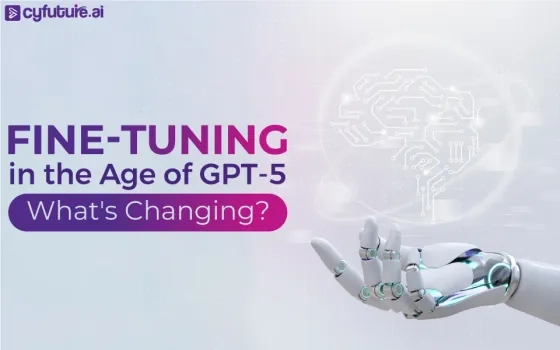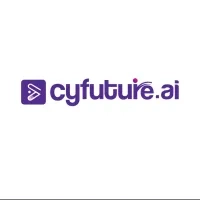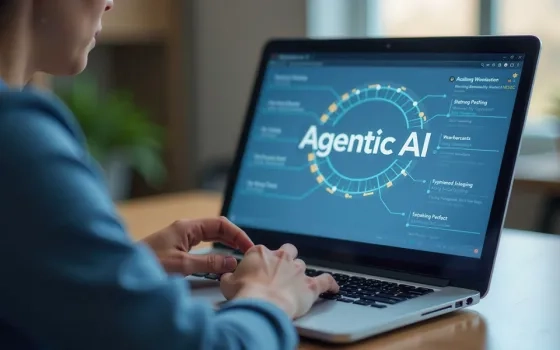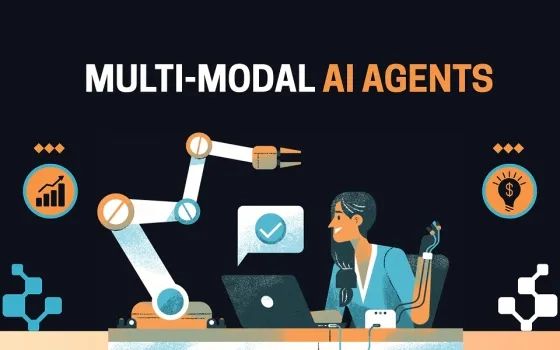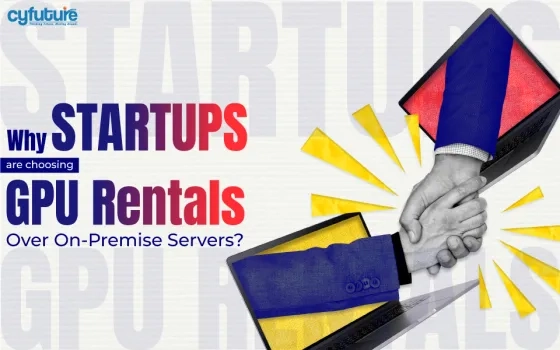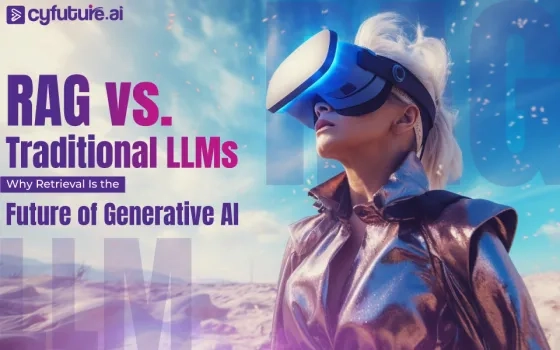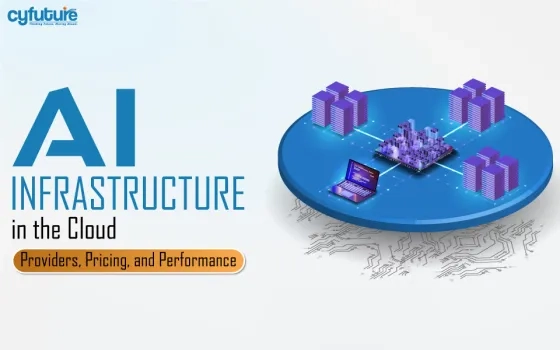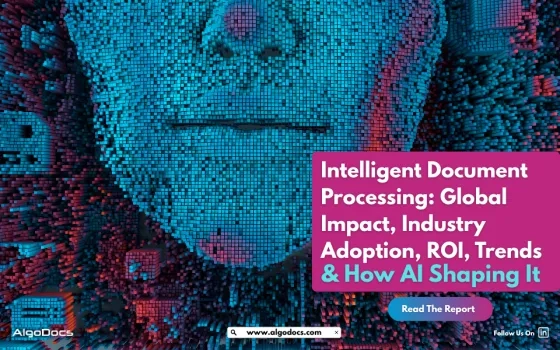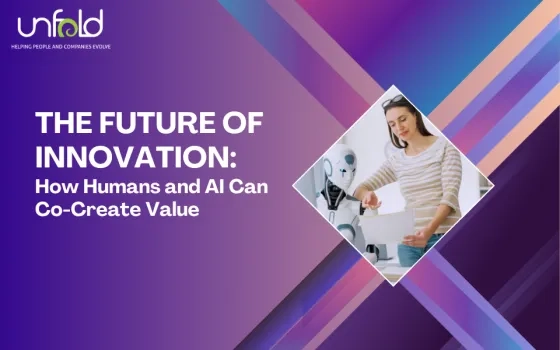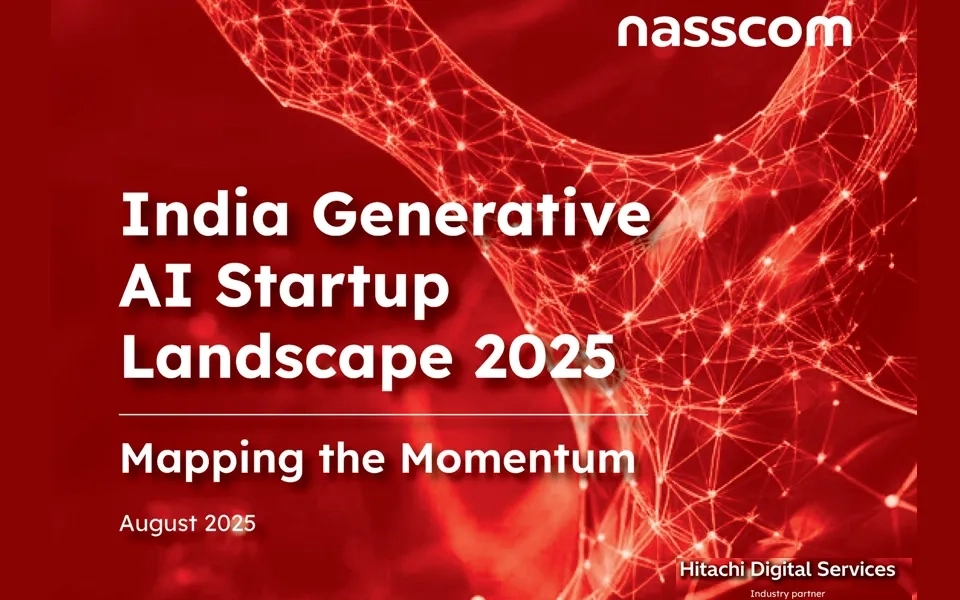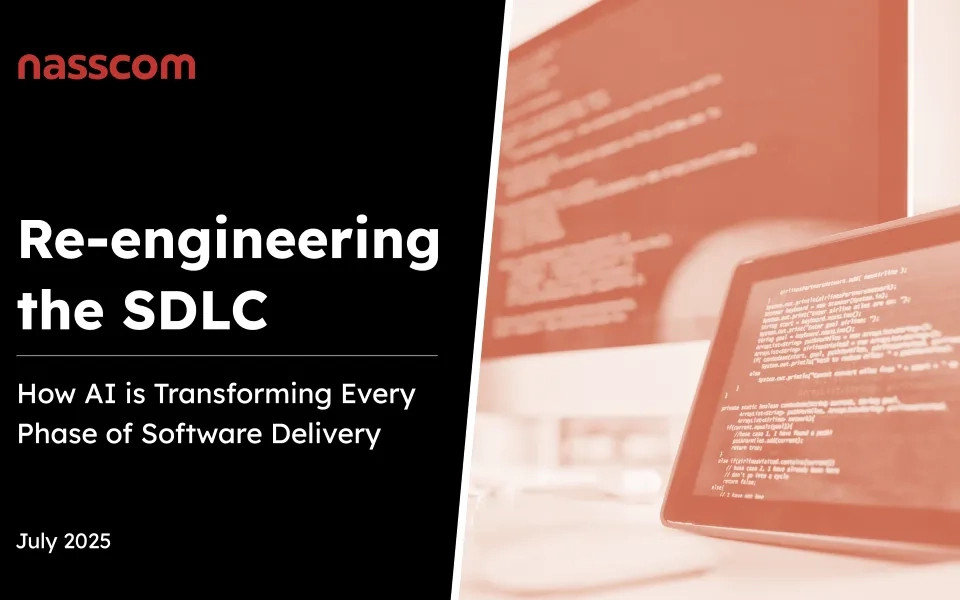The AI landscape just witnessed its most significant inflection point since the launch of ChatGPT. OpenAI's GPT-5, released in August 2025, isn't just another incremental improvement—it's a paradigm shift that's fundamentally rewriting the rules of model customization and enterprise AI deployment. OpenAI has announced GPT-5 which unifies advanced reasoning and multimodal features in a single architecture, and for the first time, we're seeing "expert-level intelligence in everyone's hands" with built-in reasoning capabilities that challenge everything we thought we knew about fine-tuning strategies.
But here's the million-dollar question keeping CTOs awake at night: In an era where base models are approaching human-level performance across domains, is traditional fine-tuning becoming obsolete, or more critical than ever? The answer, as our analysis reveals, will determine whether your organization leads or lags in the AI-driven economy of 2025 and beyond.
The New Architecture: Understanding GPT-5's Unified Approach
GPT-5 represents a fundamental architectural evolution that's reshaping fine-tuning methodologies across the enterprise landscape. GPT-5 in the API platform comes in three sizes—gpt-5, gpt-5-mini, and gpt-5-nano—giving developers more flexibility to trade off performance, cost, and latency. This tiered approach introduces unprecedented complexity and opportunity in customization strategies.
Unlike its predecessors, GPT-5 in ChatGPT is a system of reasoning, non-reasoning, and router models, creating a multi-layered architecture that demands new fine-tuning approaches. The reasoning model that powers maximum performance in ChatGPT is distinct from the developer-optimized version, introducing nuanced considerations for enterprise deployment strategies.
The Economics of Scale Disruption
The cost dynamics of fine-tuning have undergone a seismic shift. Fine-tuning LLMs costs a lot more than most organizations initially expect, but GPT-5's architecture is simultaneously democratizing access while raising the performance ceiling. Recent analyses show that fine-tuning a 6 billion parameter LLM can be accomplished for less than $7, but scaling to GPT-5's parameter count introduces exponentially different cost structures.
Fine-tuning can be conducted in a resource-constrained environment, typically using one or a few GPUs, making it compelling for specialized applications like enterprise question answering, legal document analysis, and healthcare research. However, the GPT-5 era demands a more sophisticated cost-benefit analysis framework.
Strategic Shifts: What Enterprises Must Reconsider
1. The Knowledge vs. Behavior Paradigm
Fine-tuning has become a cornerstone of modern AI development, allowing pre-trained foundation models to be adapted for specific tasks and domains. However, GPT-5's enhanced reasoning capabilities are forcing a strategic recalibration. The traditional approach of fine-tuning for knowledge injection is being challenged by more nuanced behavior modification strategies.
The question is no longer "What does our model need to know?" but rather "How should our model think and respond in our specific organizational context?" This shift demands new evaluation frameworks, training methodologies, and success metrics that align with reasoning-first architectures.
2. Multi-Modal Integration Complexity
GPT-5's unified multimodal architecture introduces unprecedented opportunities and challenges. Organizations can now fine-tune across text, image, and potentially other modalities within a single coherent framework. This capability opens new use cases but requires sophisticated data curation and evaluation strategies that most enterprises aren't yet equipped to handle.
3. The Router Model Challenge
The introduction of router models in GPT-5's architecture creates a new fine-tuning frontier. Organizations must now consider not just how to customize the reasoning and non-reasoning components, but how to optimize the routing decisions that determine which model handles specific requests. This meta-optimization layer represents a new category of customization that could provide significant competitive advantages.
Technical Deep Dive: New Fine-Tuning Methodologies
Parameter-Efficient Approaches in the GPT-5 Era
The massive scale of GPT-5 makes full fine-tuning economically prohibitive for most organizations. This reality is driving innovation in parameter-efficient methods:
Low-Rank Adaptation (LoRA) 2.0: Enhanced LoRA techniques are emerging specifically for GPT-5's architecture, focusing on reasoning pathway optimization rather than traditional weight adjustments.
Mixture of Experts (MoE) Fine-Tuning: Sparse Mixture of Experts (MoE) based LLM fine-tuning provides unique insights into training efficacy and runtime characteristics, with GPT-5's architecture enabling more sophisticated expert specialization strategies.
Router Optimization: New methodologies are emerging to fine-tune the routing mechanisms that direct queries to appropriate model components, representing a meta-level of customization previously unavailable.
Data Requirements Evolution
GPT-5's reasoning capabilities require fundamentally different training data approaches:
- Reasoning Chains: Training data must now include explicit reasoning processes, not just input-output pairs
- Multi-Modal Coherence: Data curation must ensure consistency across modalities
- Context Length Optimization: With extended context windows, training data strategies must account for long-form reasoning sequences
The ROI Calculation Revolution
New Success Metrics
Traditional fine-tuning ROI calculations focused on accuracy improvements and inference cost reductions. GPT-5 introduces new variables:
- Reasoning Quality Scores: Evaluating the logical coherence and reliability of model reasoning
- Multi-Modal Consistency: Measuring performance across integrated modalities
- Router Efficiency: Optimizing the decision-making process for model component selection
Cost-Benefit Analysis Framework
Fine-tuning presents compelling applications for specialized question answering within enterprises, legal document analysis, healthcare research, and technical support. However, the GPT-5 era demands more sophisticated economic modeling:
Direct Costs:
- Compute resources for reasoning model training
- Data preparation and annotation overhead
- Router optimization computational requirements
Opportunity Costs:
- Alternative approaches (prompt engineering, RAG systems)
- Vendor lock-in considerations
- Technical debt accumulation
Hidden Benefits:
- Reasoning explainability improvements
- Multi-modal capability integration
- Competitive differentiation potential
Industry-Specific Implications
Financial Services
GPT-5's reasoning capabilities are particularly transformative for financial institutions requiring explainable AI. Fine-tuning can now focus on reasoning transparency while maintaining regulatory compliance, opening new applications in risk assessment and regulatory reporting.
Healthcare
The multi-modal integration capabilities enable fine-tuning for medical imaging analysis combined with textual reasoning, creating comprehensive diagnostic assistance systems that were previously impossible with single-modality approaches.
Legal Technology
Legal document analysis benefits from GPT-5's extended context windows and reasoning chains, enabling fine-tuning for complex case analysis and precedent identification across massive document collections.
Manufacturing and Supply Chain
IoT sensor data integration with textual analysis creates new opportunities for predictive maintenance and supply chain optimization through specialized fine-tuning approaches.
Risk Mitigation Strategies
Technical Risks
- Model Drift: GPT-5's reasoning capabilities may evolve differently than expected, requiring adaptive fine-tuning strategies
- Integration Complexity: Multi-modal integration introduces new failure modes requiring comprehensive testing frameworks
- Performance Degradation: Over-optimization of specific capabilities may negatively impact general performance
Business Risks
- Vendor Dependency: Increased reliance on OpenAI's platform requires careful risk assessment and mitigation planning
- Competitive Parity: As GPT-5 fine-tuning becomes commoditized, sustainable different



